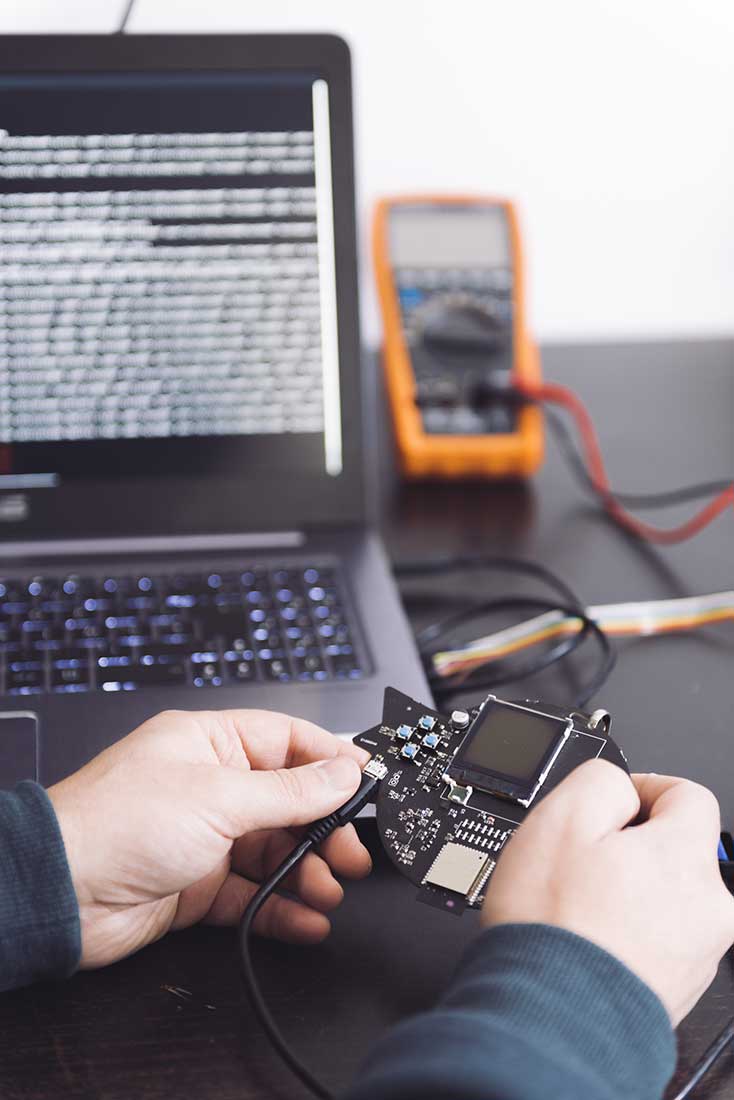The first step is the definition of the scope of the audit. Discussions with the client make it possible to decide the objectives, the target and the conditions of the pentest.
It is important to allocate time for the preparation phase of the audit: reception of the object by the pentesters, purchase of specific equipment if necessary, transmission of additional information by the client, etc.
In some cases, the pentesters carry out the audit from Vaadata's offices, having one or more copies of the connected object at their disposal. In other cases, the audit must be conducted from a client’s site. Depending on the pre-defined conditions, the client may be notified of the findings as the audit progresses or only when the audit is completed.










